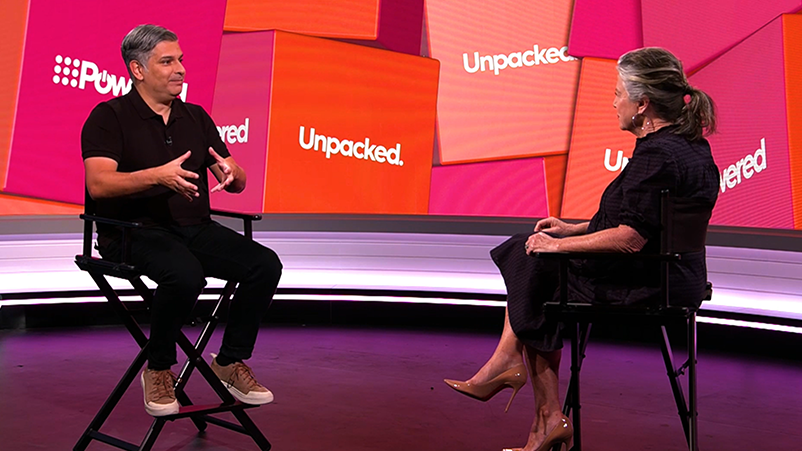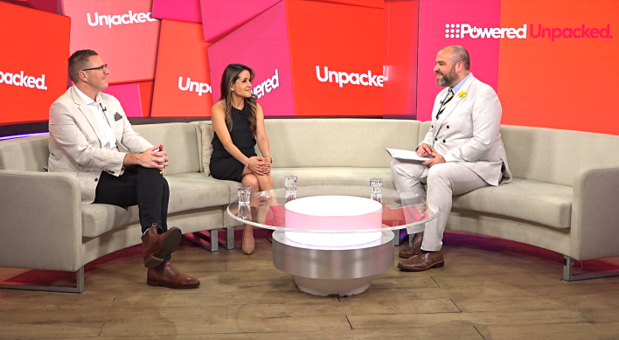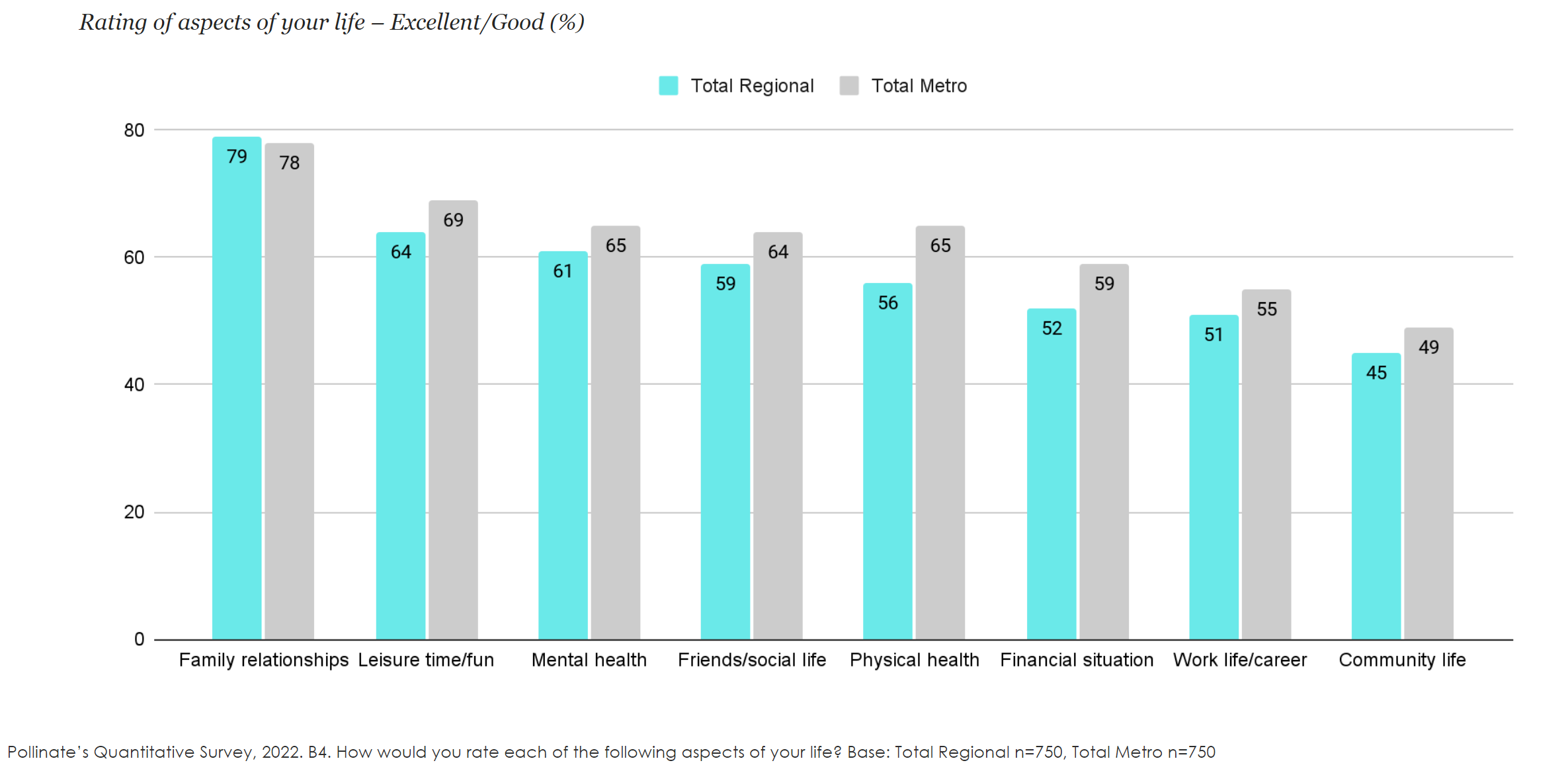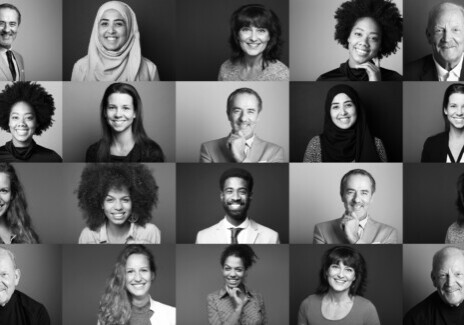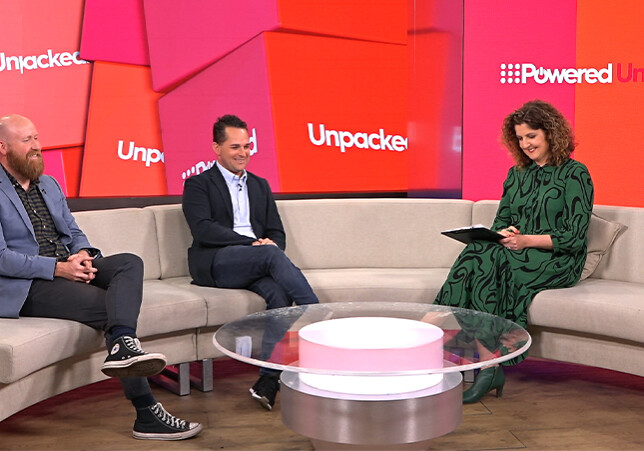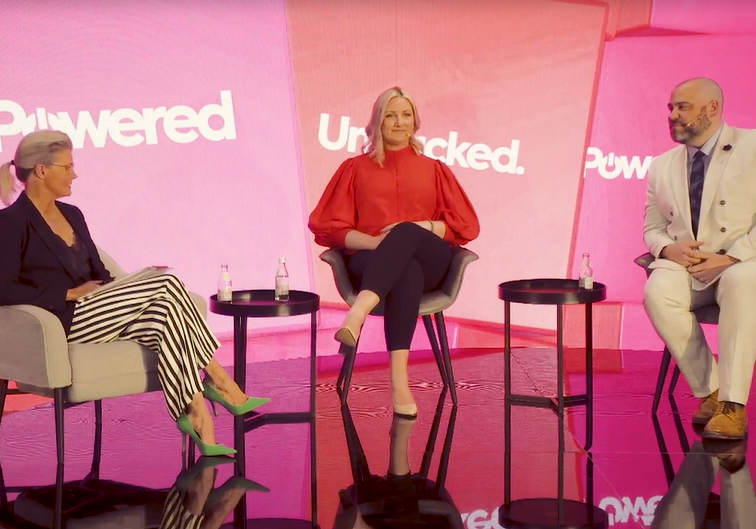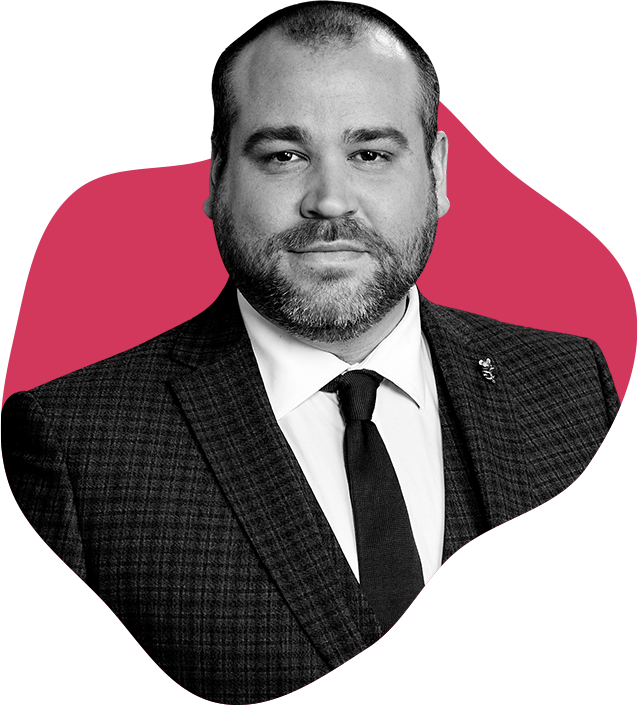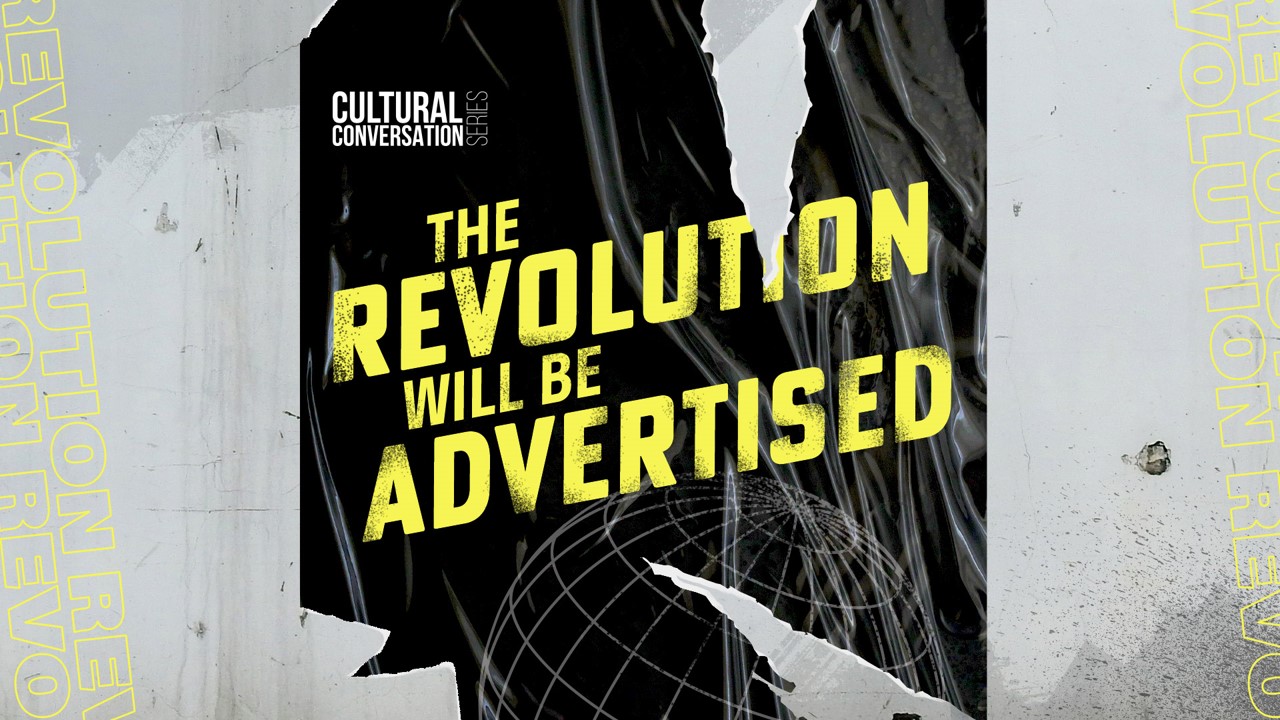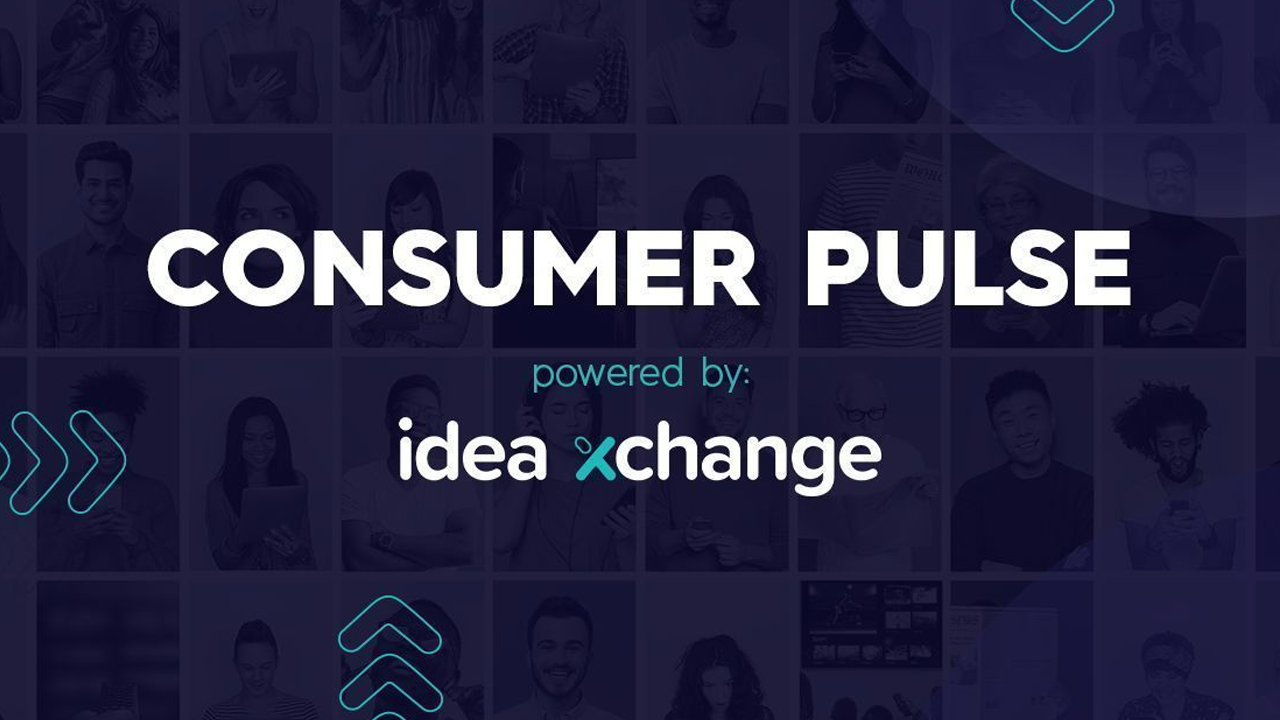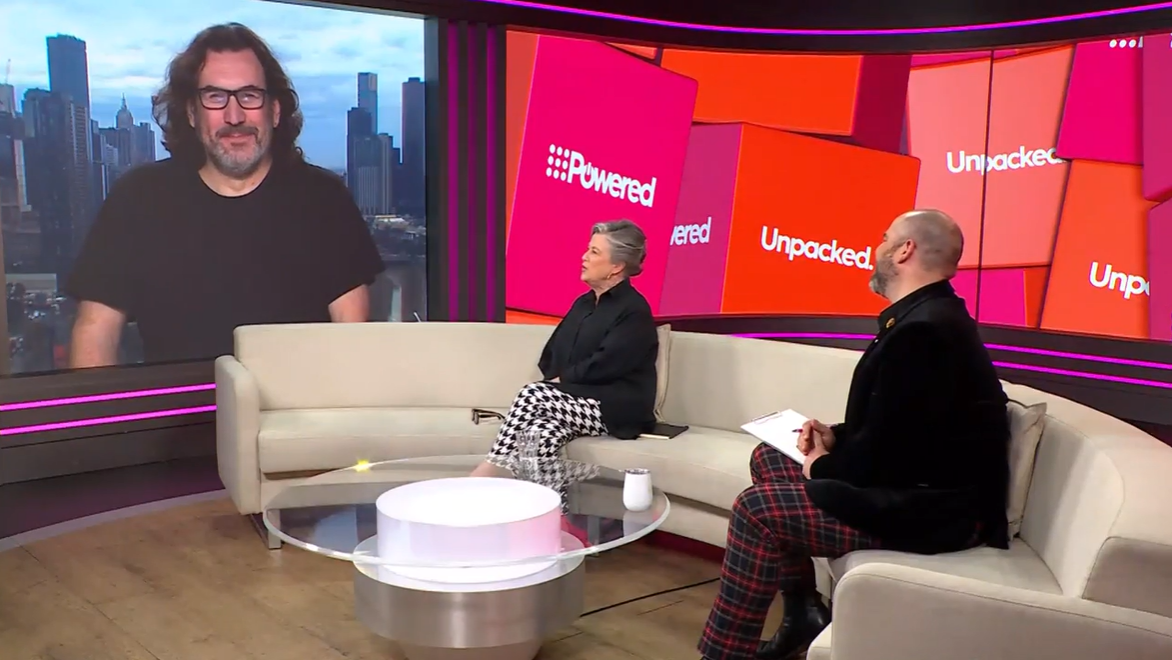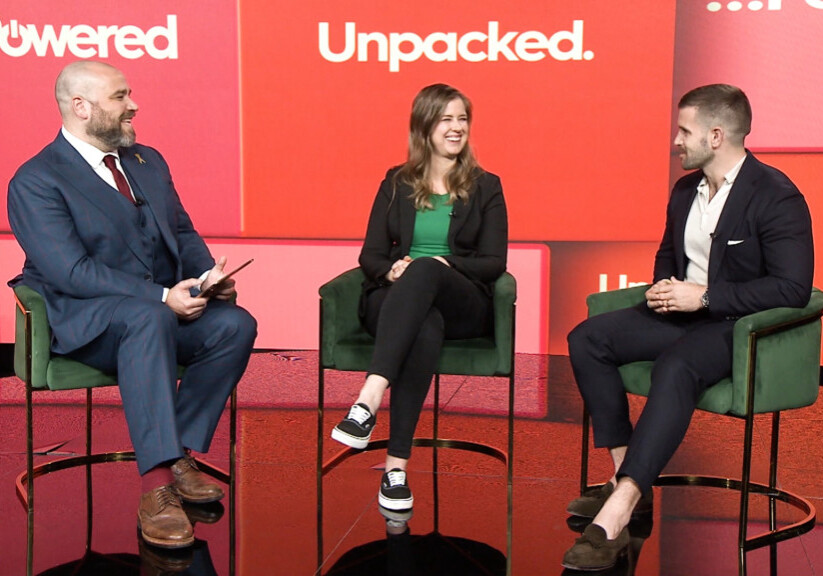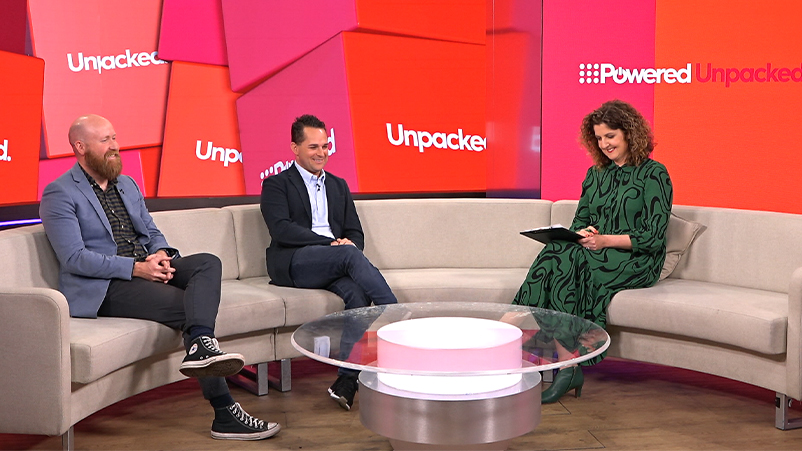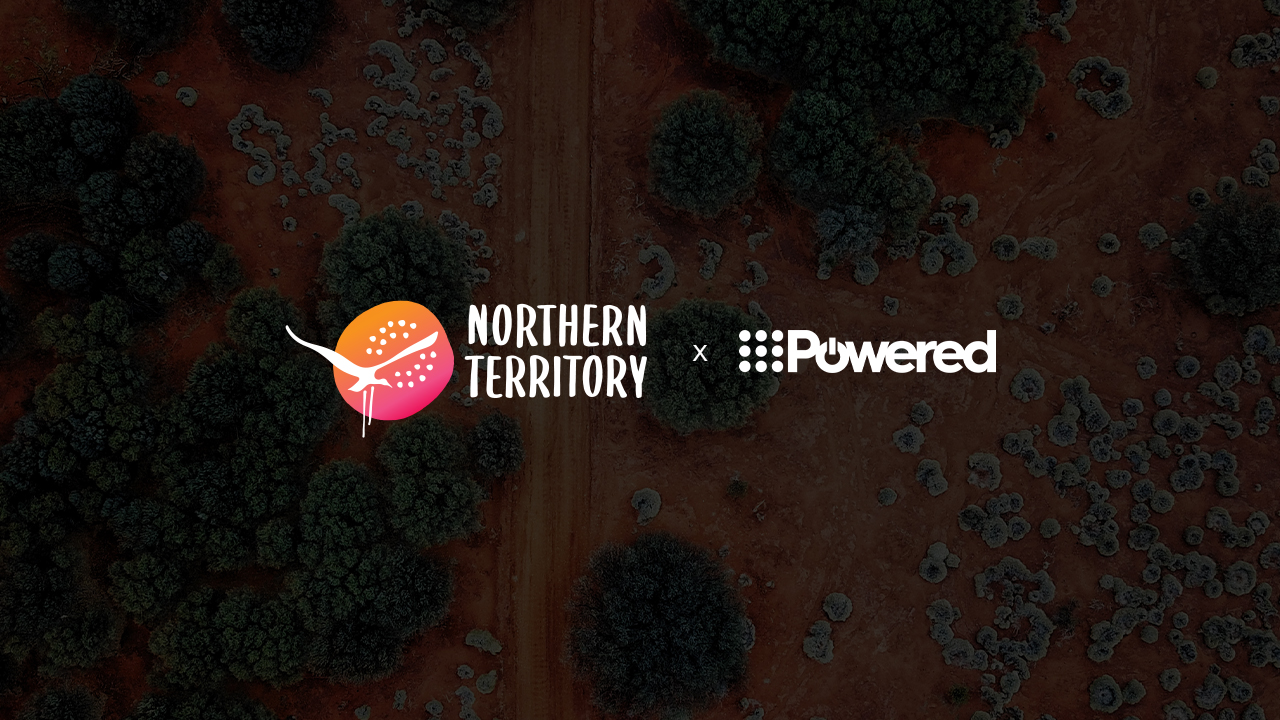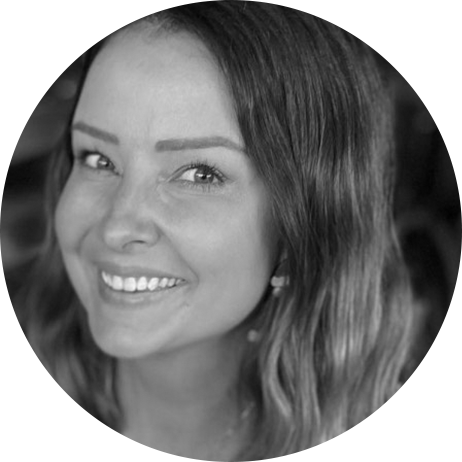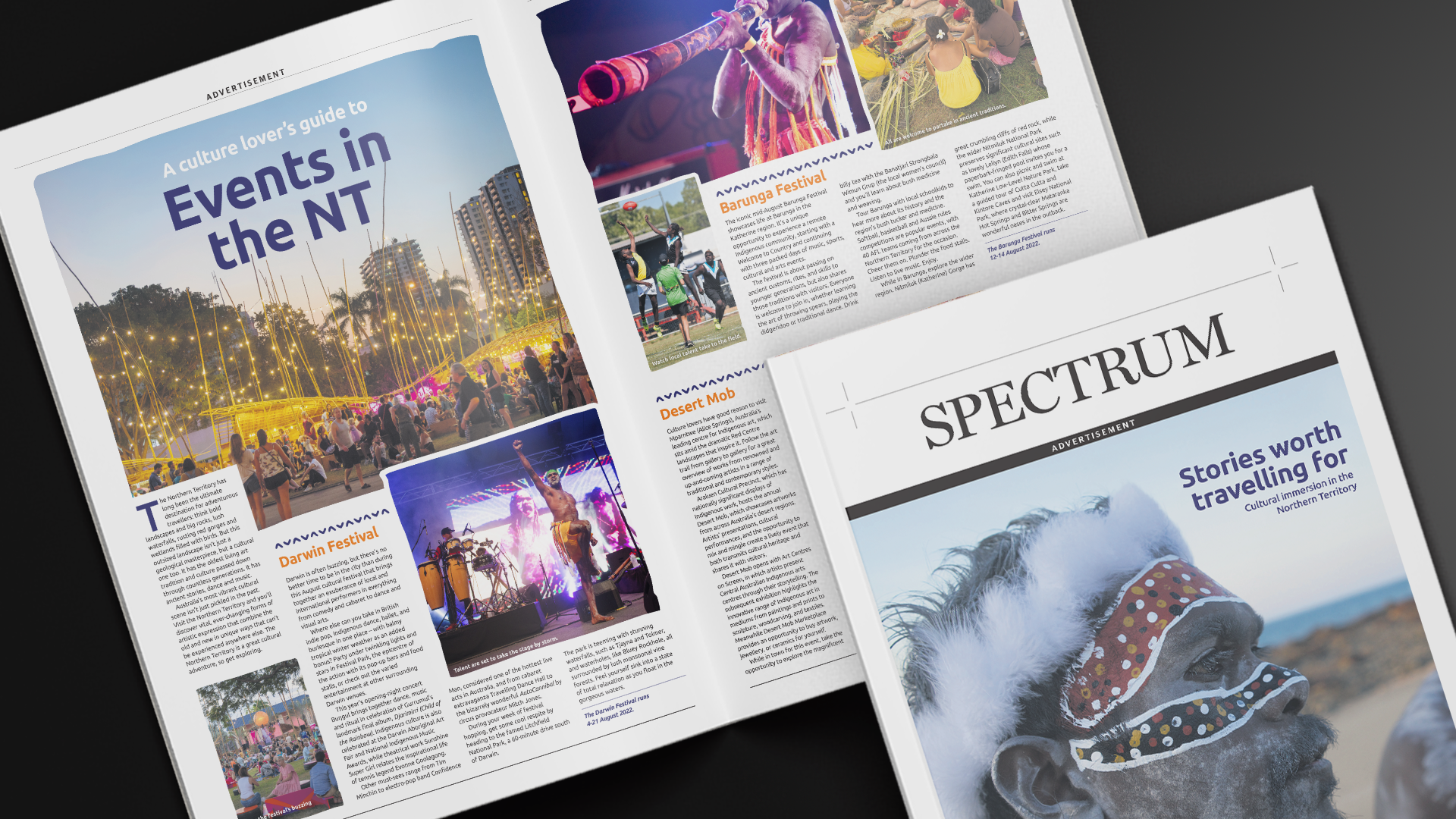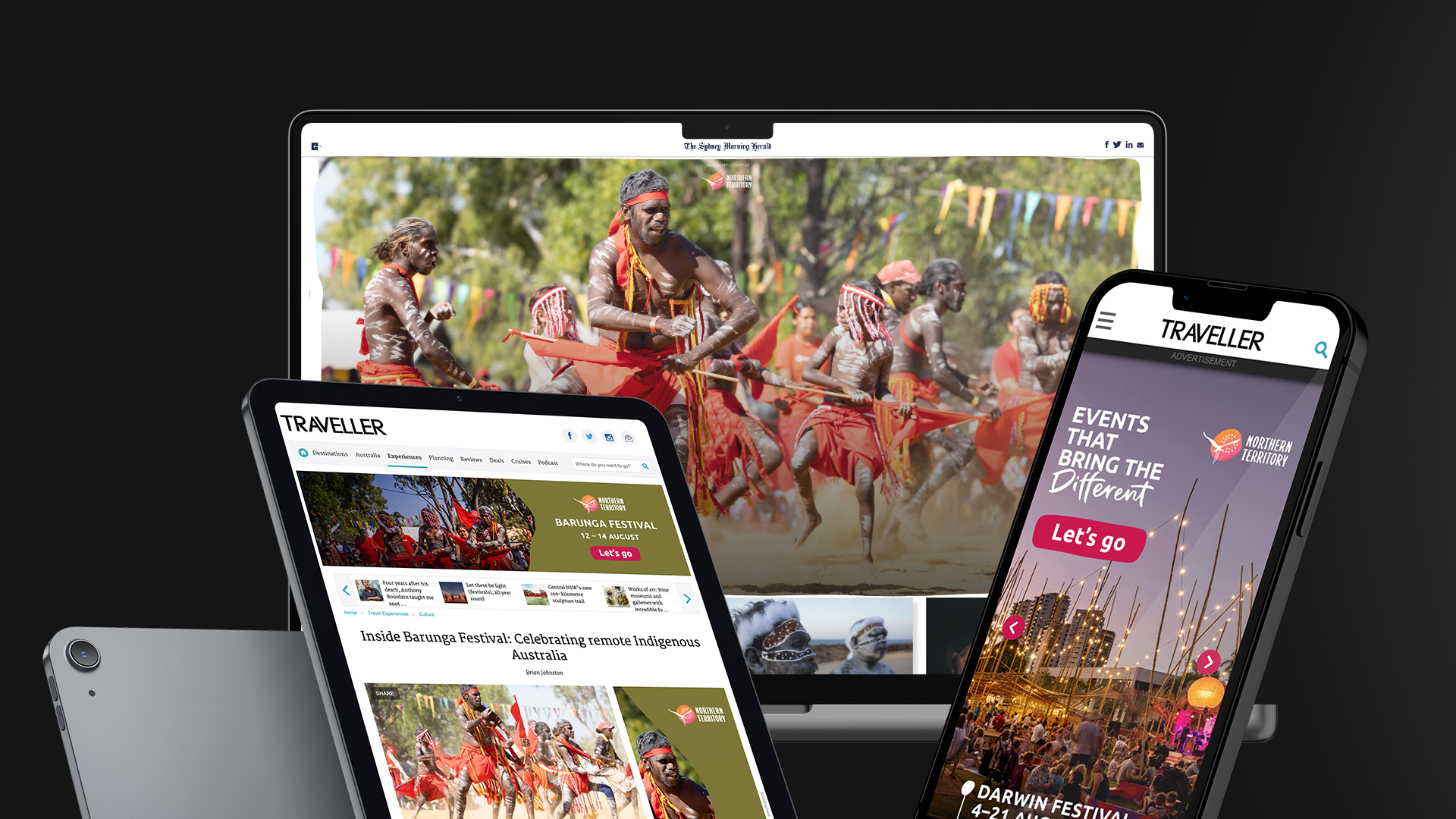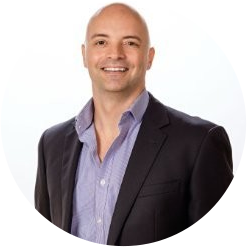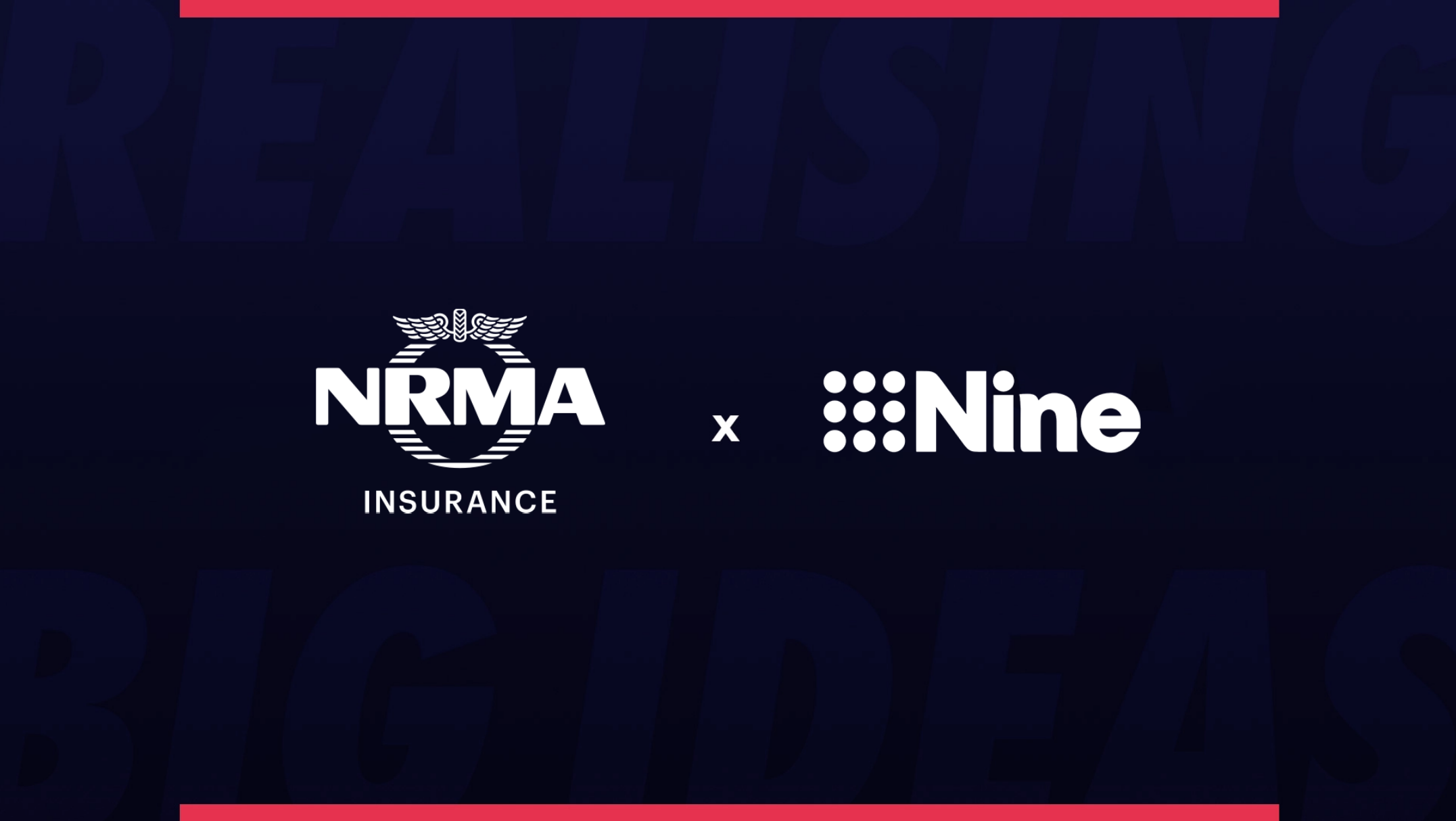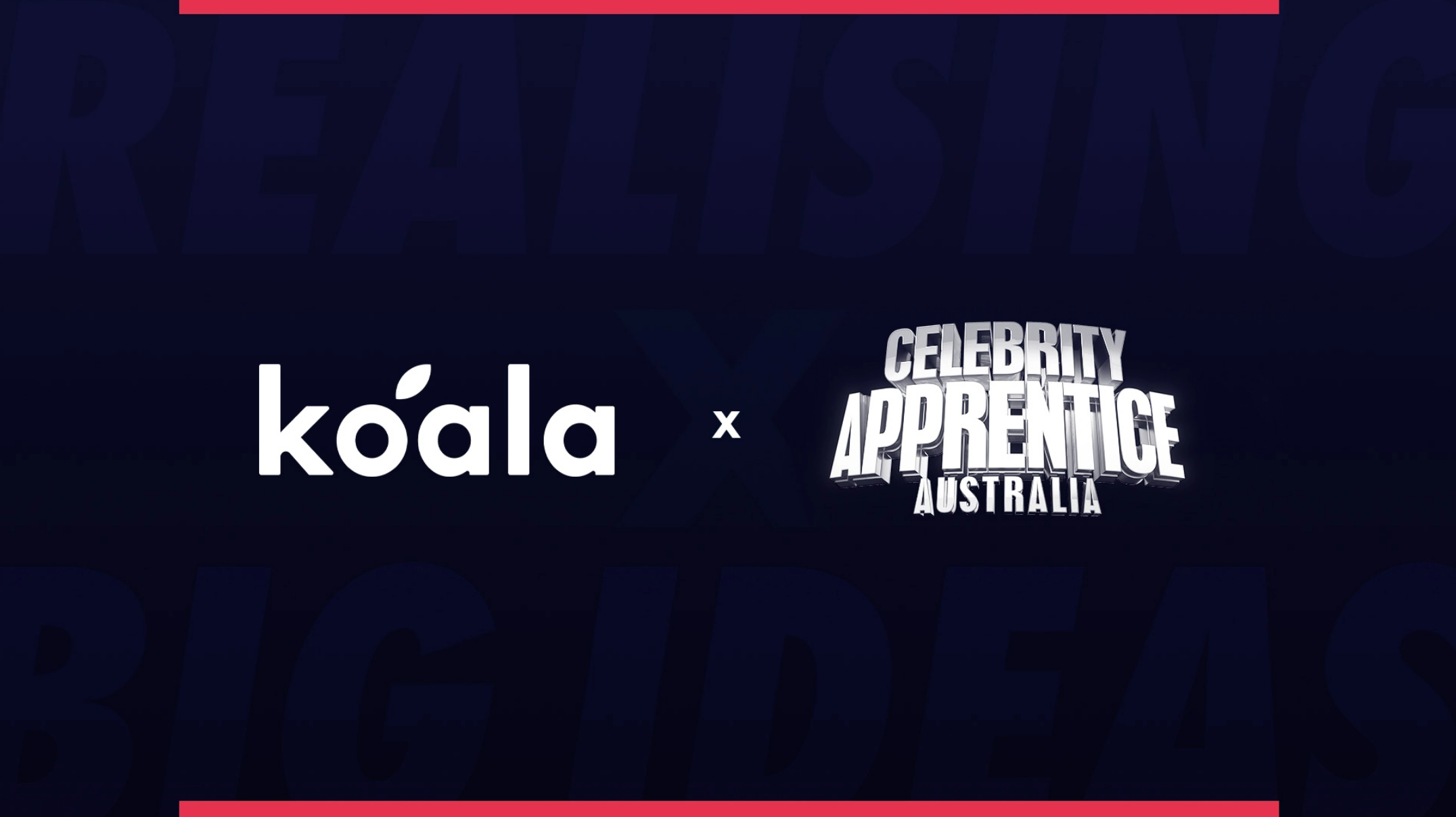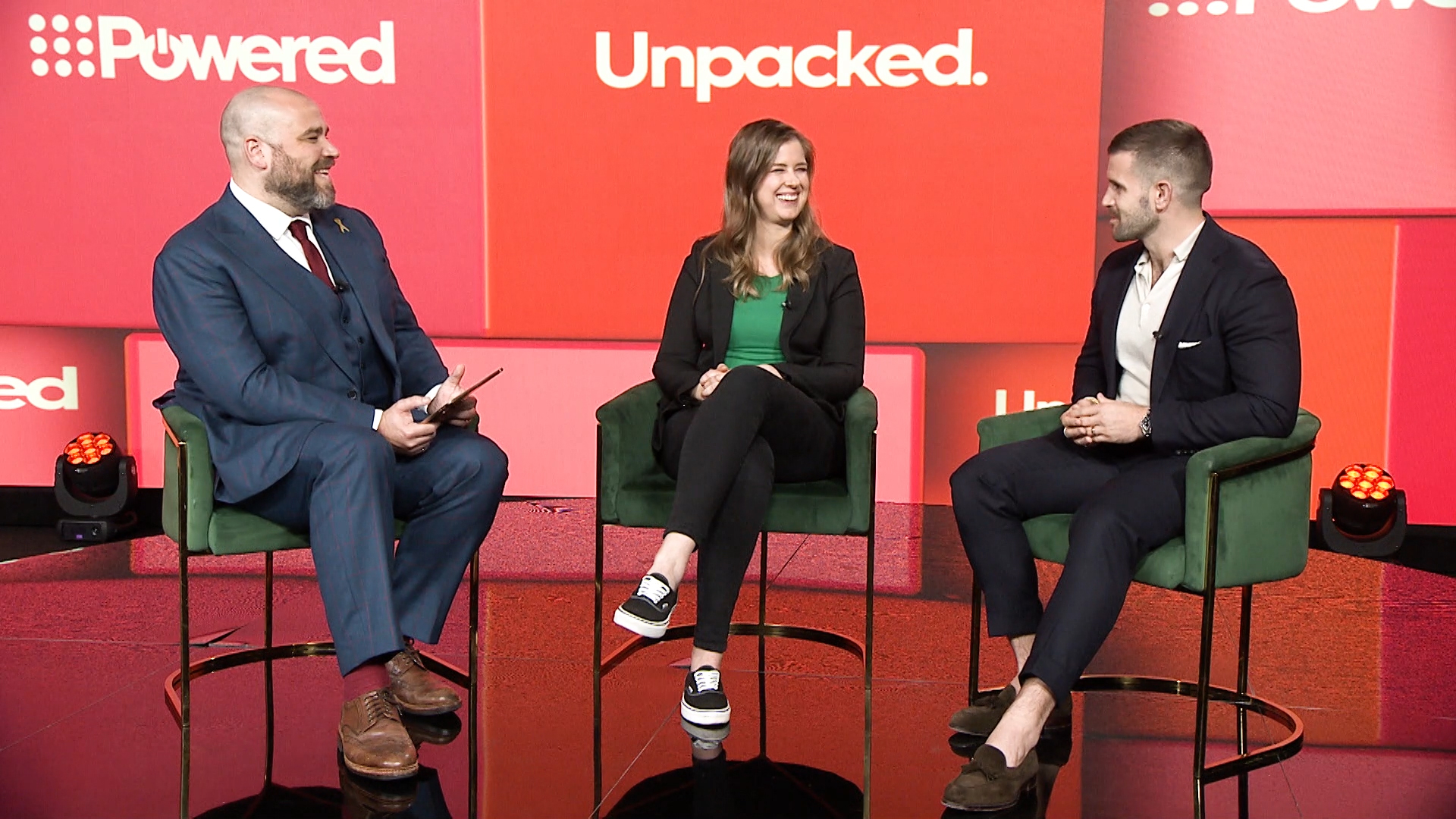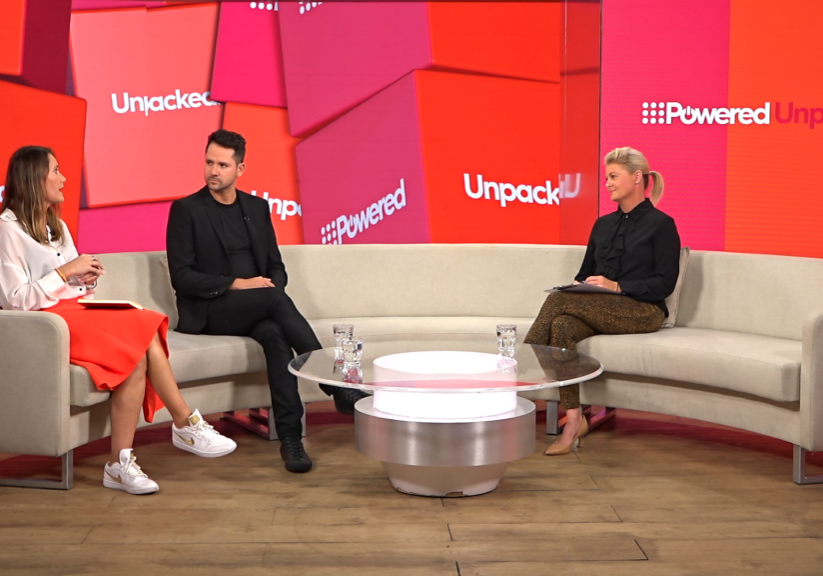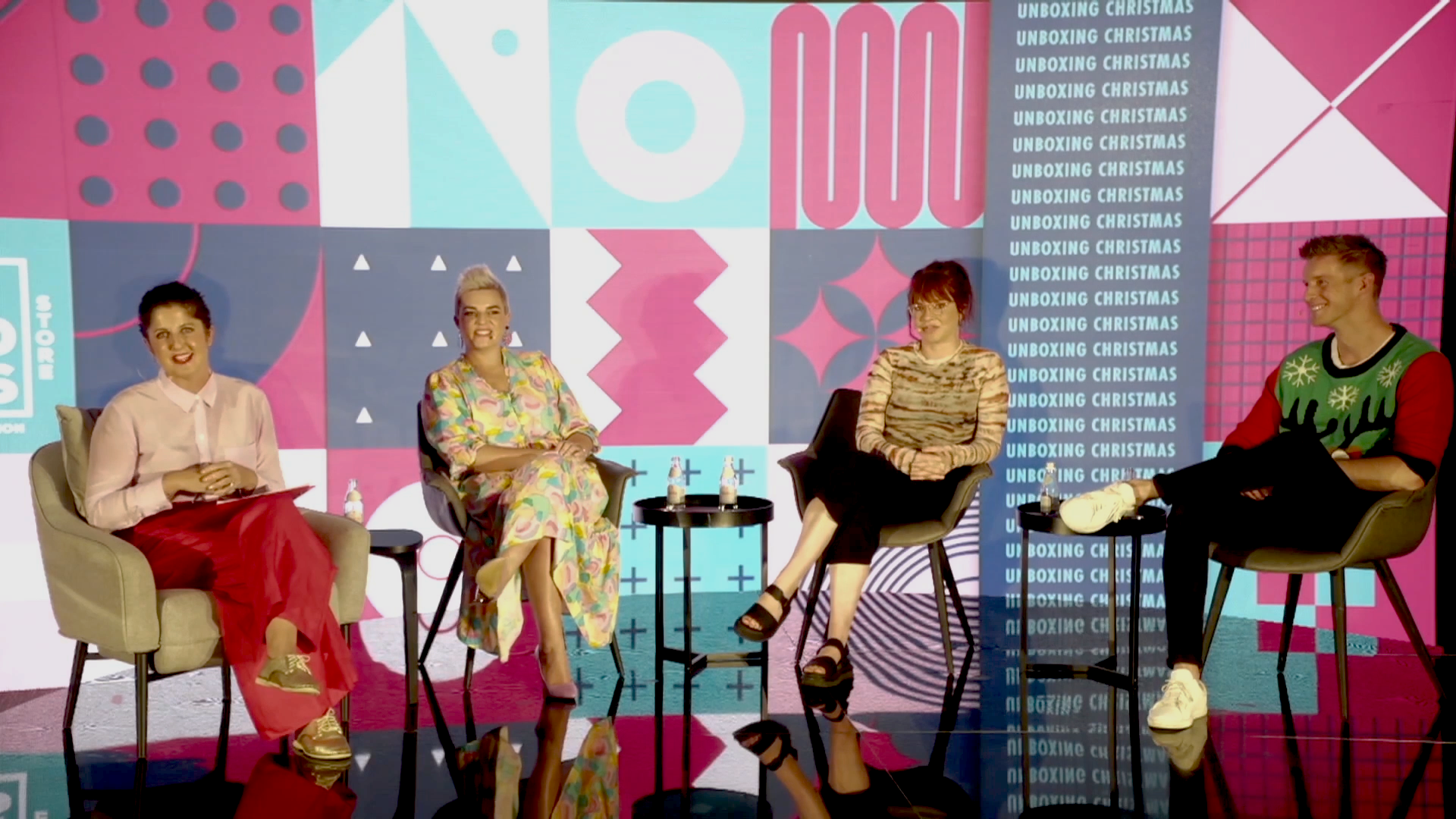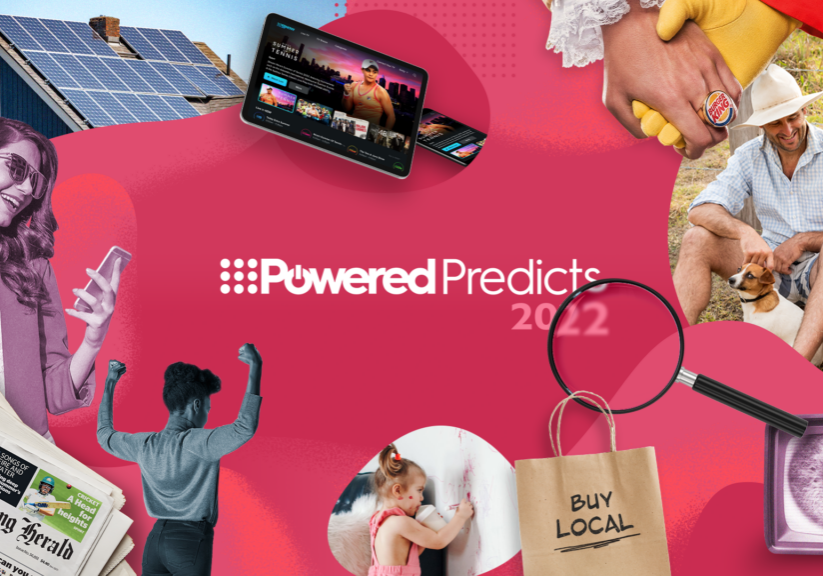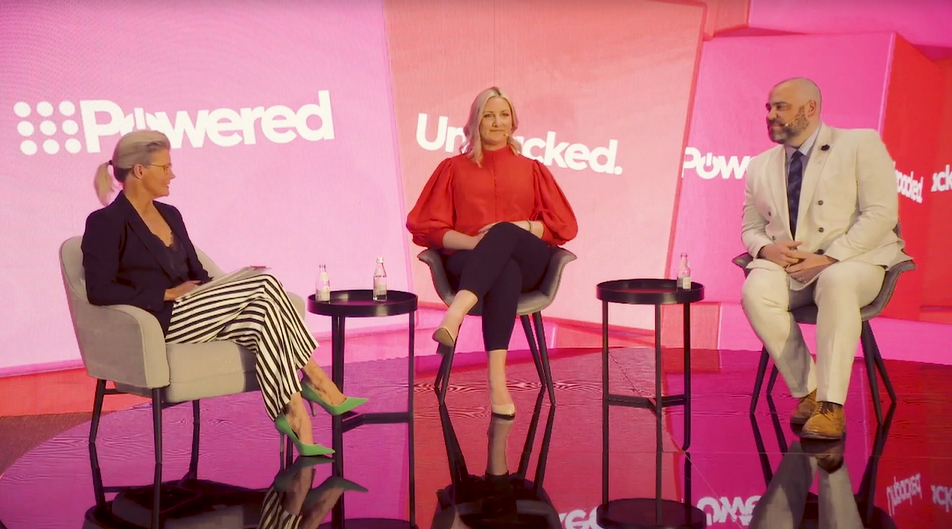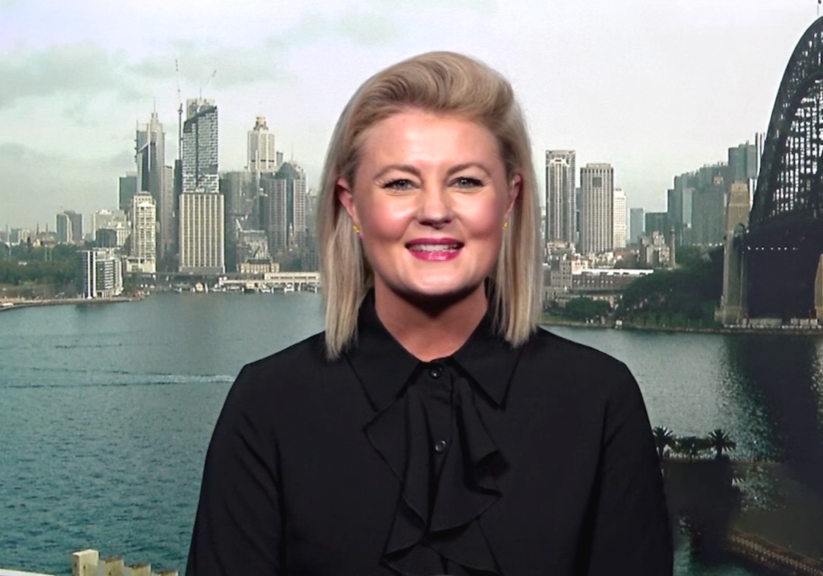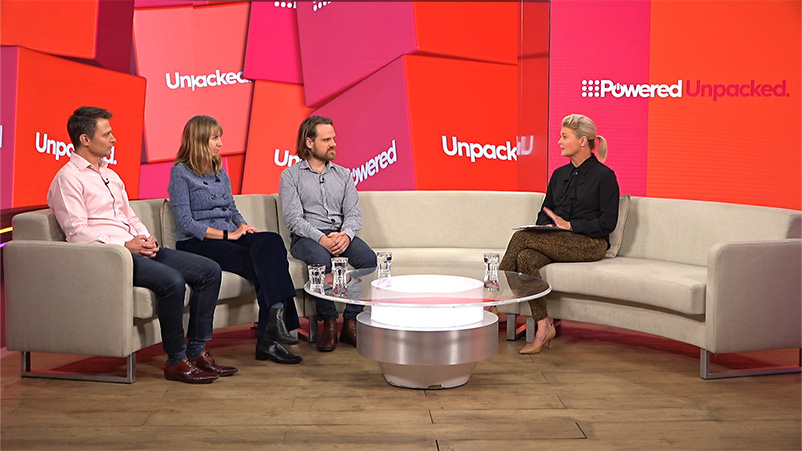Activision Blizzard's Chief Marketing Officer: Fernando Machado

"If you invest behind creativity, then unlock it, it can give you disproportional growth"
says Machado.
If you have the right relationships, and you are brave enough, together you will get your creativity over the line. Without that, brands will just continue to interrupt and in turn get ignored by their customers, suggests former Dove and Burger King marketing chief-turned-Activision Blizzard CMO, Fernando Machado. Nurturing ideas in a genuine partnership with your agency is critical – the team is everything. It’s an investment in time and it’s worth it. Get it right, like BK’s Whopper Detour did, and enjoy that 37:1 ROI.*
Invest in creativity
Anointed by Forbes as one of the world’s three most influential CMOs, Activision Blizzard’s Fernando Machado previously directed the fortunes of Burger King and Unilever’s Dove, unleashing some of the world’s best known brand campaigns and driving massive growth. But, talking to Nine’s Director of Brand, Michele O’Neill, he says he could not have done it without his creative agency partners. In some cases, he moved in with them. Literally.
Meanwhile, Machado thinks the rush for engagement and attention by marketers could backfire: too many brands are mistaking interruption for creativity. “It’s not enough to just push the message anymore,” says Machado. “It all starts with the idea – and an idea is not going to fall on your lap by accident.” Agencies, he says, must then help marketers get it over the line and win over an army of corporate stakeholders, or risk the idea never coming to life.
Creativity “can be a source of competitive advantage for businesses and brands”, says Machado. But it requires underpinning foundations. “If you have the right people in place, if you have the right relationships, and if you are brave enough, through creativity you will be able to unlock growth. That’s what I try to do.”
Those building blocks can then support great ideas – and nurture them to life through often-perilous infancy.
“It all starts with the idea, but you also need to understand the people you want to reach, you need to understand your brand and the history of the brand, understand culture, what’s out there, what’s on the zeitgeist, and then work with the right people, with the right process to unlock that creativity, which will prepare results,” says Machado.
Safe work never cuts through
Embedding those rules and structures means brands stand a better chance of unlocking creativity, he says, leading to disproportionate growth. Otherwise, chances are people will largely ignore whatever it is you’re trying to convey. Safe work never cuts through.
“In the world that we live in people have more important things to do than paying attention to your brand. So you may as well do something different, unique, engaging, that will earn people’s attention.”
But pursuit of attention – a metric the ad industry is investing massive sums in to develop – can be counterproductive if it doesn’t result in real engagement.
“It really doesn’t work anymore to just interrupt people. You need to create something that will stand out, something that gives me something back, not just pushing the message at people,” says Machado.
“It’s all about the idea. And the idea will lead you to how you are going to execute. Of course, if you have a powerful visual [he cites Doves Sketches campaign] that can be an amazing shortcut in terms of attention, in terms of engagement.”
Nurture ideas together
The idea is everything, especially at Burger King where Machado spent seven years as CMO. He executed memorable, award-winning campaigns, from the rule-breaking visual masterpiece of Mouldy Whopper to Whopper Detour, breathing creativity into their late-to-market mobile ordering app and payment system.
With Detour, Burger King geo-fenced 14,000 McDonald’s locations across the US and gave customers a coupon for a 1 cent Whopper – if they opened the app at (or next to) a McDonald’s. The results were 1.5 million app downloads in nine days and the highest foot traffic to Burger King stores in four years, with their most successful ROI in years.
“Back in the day, it was the best ROI we had in terms of bringing new users to our app,” says Machado. Not bad for the launch of something as potentially humdrum as mobile payment.
“That’s where creativity comes in. I needed an idea. An idea was presented – and it was not exactly what Whopper Detour was. But that is the other thing – when amazing ideas are presented, you need to nurture them."
“That’s why it’s so important to work closely with the creative team and the agency and be a real partnership, because we helped shape that together with FCB New York: ‘Hey, what if we did this? What if we did that? What if we use this idea to launch mobile order and payment?’ And honestly, it was love at first sight when we articulated it that way.”
The campaign generated mass press coverage. “You can now get a Whopper for 1 cent, only at McDonald’s. People are like, ‘No, no, no, Burger King, right? You mean Burger King?’ No, McDonald’s,” says Machado. “And that was the beauty of the idea, and people just went and had fun with it.”
The long game
Machado says he was able to build powerful brand platforms and campaigns because he also had closely aligned senior C-suite execs who understood the potential for disproportionate growth through creativity. Those relationships also contributed to his lengthy tenures – 18 years at Unilever and seven years as CMO at Burger King’s parent, RBI. The average CMO tenure globally is around 40 months.
Machado admitted that “if I were there for one or two years it would have been trickier. I would be much more short-term oriented because I would like to show results quickly”.
Being able to focus on key issues with a longer-term vision also enables brands to own and generate a legacy, says Machado, citing Dove’s leadership on female empowerment.
“If you concentrate in one area or in a few areas in your work consistently over time, you increase your chance of being able to own that. To this day, if I see an ad that is about self-confidence or real beauty, people watch it and they feel like, ‘Oh, that’s like Dove.’ Dove owns that.”
Live with the agency
Key to everything, Machado reiterates, is to partner with the agency genuinely and deeply. In some cases he moved in with them, literally – security pass, toothbrush and a desk. “I never treated the agency as a supplier. To me they are part of the team. I want them to understand how my business is doing, I want them to understand how difficult it can be to get things through with stakeholders. I want them to win and lose with me.
“When I was working with BBH New York my thumbprint would work to open the door because I was arriving so early. They gave me a desk. I had a phone number.
“Still, when I go to the BBH New York building, the guy who is at the door is still the same guy from back in 2005. And every time I go there he remembers my name because he’s a massive ABBA fan, so he sings Fernando every time. I’m not joking.”
* Source: Effie Database 'Mouldy Whopper' Campaign
View more marketing insights from Powered By Nine
Contact us for more information on how your brand can leverage the power of Nine to deliver real business outcomes.


